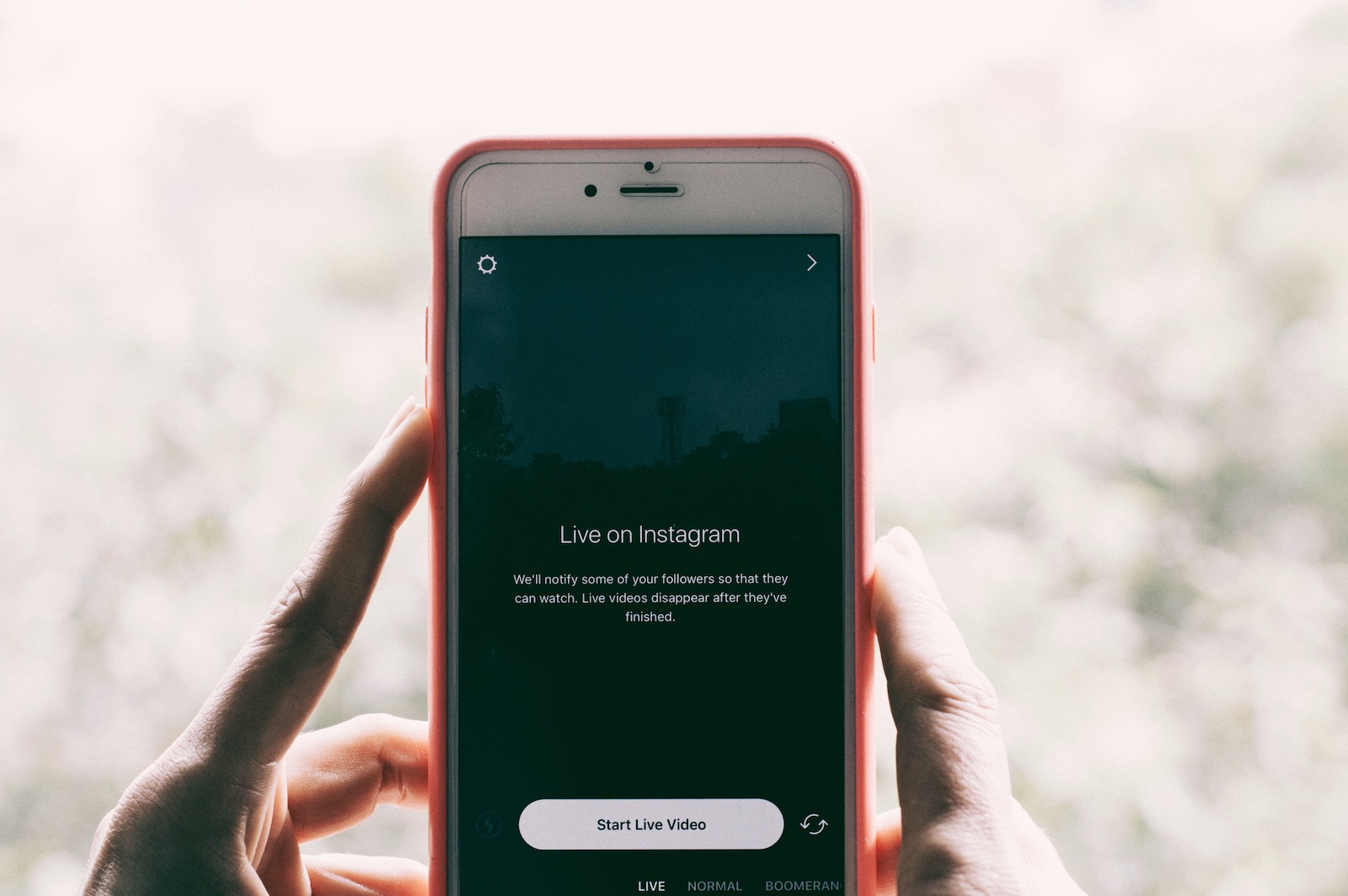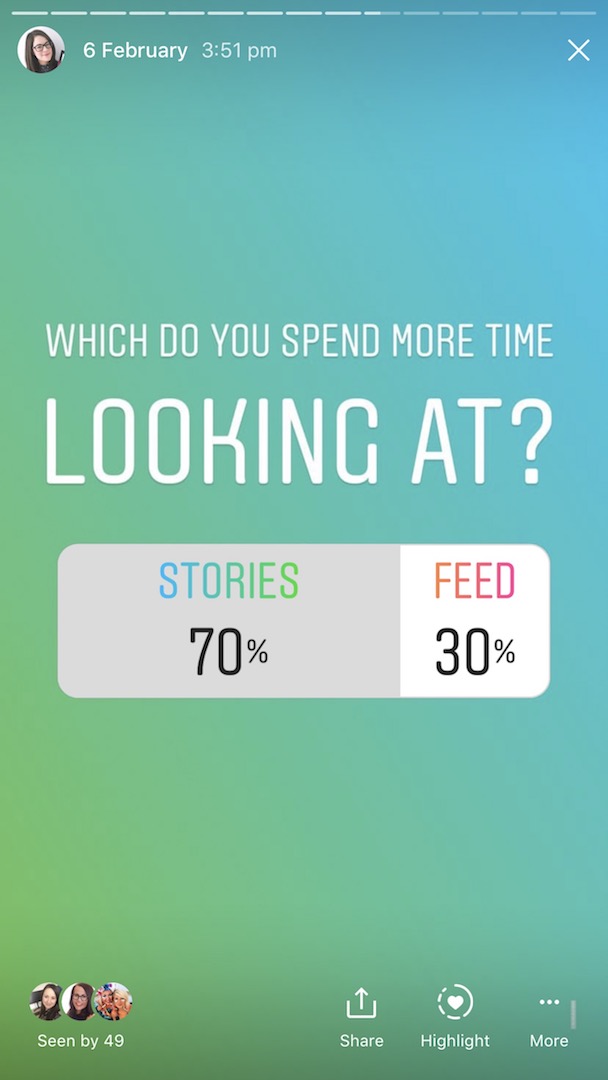
HR Marketing: Purposeful companies attract, retain, and mobilize employees

Two years ago, Instagram made a major change switching its chronological algorithm to the one we all know today. As soon as it happened uproar ensued. Many started questioning this algorithm, which was considered confusing and hard to master.
But on June 1st 2018, everything changed - again. The Facebook owned company assembled a group of reporters in San Francisco to finally explain the Instagram feed ranking.
Find out how Instagram's algorithm works and what you need to do to beat it.
First thing first, the underlying principle is that the platform studies a user’s past behaviour to create a unique feed for everyone. What it means is that even though one follows the same accounts as someone else, they’ll get a personalized feed based on how they interact with those accounts.
To determine what one will see, Instagram relies on three main factors:
Interest: How much does one interact with food pictures, humoristic videos, memes or even content published by the Kardashian or Rihanna? If a user has liked, commented or even repeatedly lingered over similar content, Instagram’s machine learning will most likely suggest related content.
Recency: When was the content posted? Even though the platform ditched showing posts in chronological order, it still values recent posts over weeks-old ones.
Relationship: Last but not least, Instagram analyzes interactions with certain persons or accounts in order to push forward content from friends and family. Therefore, people who interact often by tagging, commenting and liking on each other’s posts or even sending direct messages will most likely see each other’s content more often.

The company also explained how usage patterns influence the makeup of feeds:
Frequency: The more often a user opens the application, the more chronological the feed will look since Instagram tries to show the best content since the last visit with the above considerations in mind.
Following: Users who follow lots of accounts will be exposed to a diversity of content. But there is a downside to it, the more one follows, the more options the application has and therefore, the users probably won’t see all of the posts from every account.
Usage: How long one spends on Instagram determines if they’ll see the best posts or if the algorithm will have to dig deeper into its catalogue.

During this media conference, Julian Gutman, Instagram product lead, also took the time to clarify a few common algorithm myths:
Image VS. video posts: Although it might have been true in the past, the application doesn’t favour videos over images. As explained above, the algorithm is based on each user’s behaviour.
Frequent posting & hashtags: Instagram doesn’t downrank those who post too often or use too many hashtags. However, it might be annoying for the users and it doesn’t guarantee visibility as the posts will be interspersed with updates from other users.
Personal VS. business accounts: Julian Gutman is quite clear: “Instagram doesn’t give extra feed presence to personal accounts of business accounts, so switching won’t help your reach.”
Stories and Lives to get better results: “We don’t favour accounts that use different parts of the app more than others. The only way to get your content higher ranked is to produce great content,” said Christina d’Avignon, a product designer for Instagram feed.
Before the app abandoned the chronological feed, the users were missing 70 percent of all posts and 50 percent of their friend’s posts, so it’s definitely a great improvement for them… but a nightmare for businesses, which might wonder: “How to beat this algorithm?”
The message might be redundant, but ultimately, this algorithm makes us realize that two aspects will help businesses make their content more seen:

Targeted content: Don’t post to post! Do some research to make sure your content is appealing to your audience. Don’t hesitate to use the Instagram poll and analytics to find out what your audience is the most responsive to.
Creative content: Think about it; the social media world is crowded. Often, from one account to another the content looks the same for many users. Stand out and be creative. Whether it be with images or videos, you can’t go wrong with creative-targeted content.
Bonus - Influencer marketing: Don’t get us wrong; it is an investment, but it goes a long way. Think about it: 71 percent of consumers are more likely to make a purchase based on a social media reference. On average, businesses generate $6.50 for every $1 invested in influencer marketing. Do yourself a favour, and don’t miss the boat.